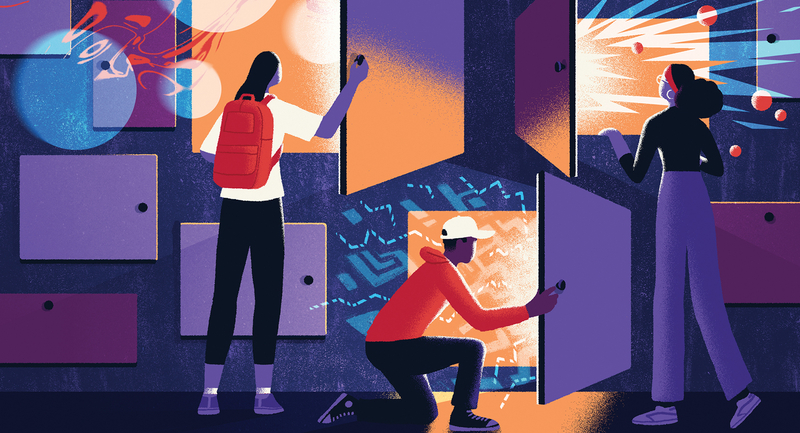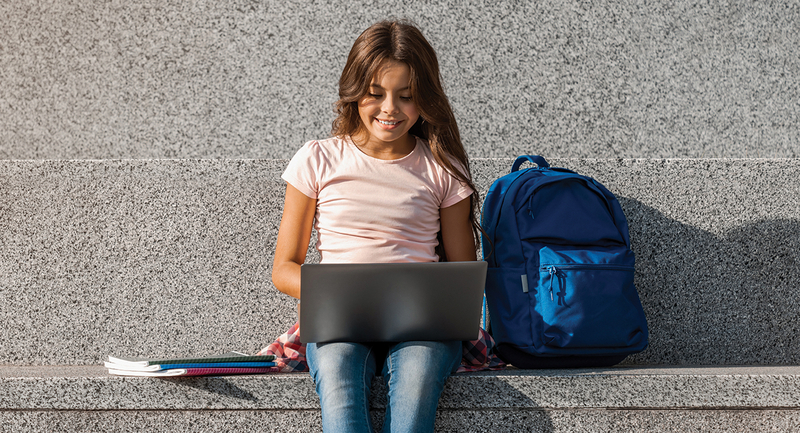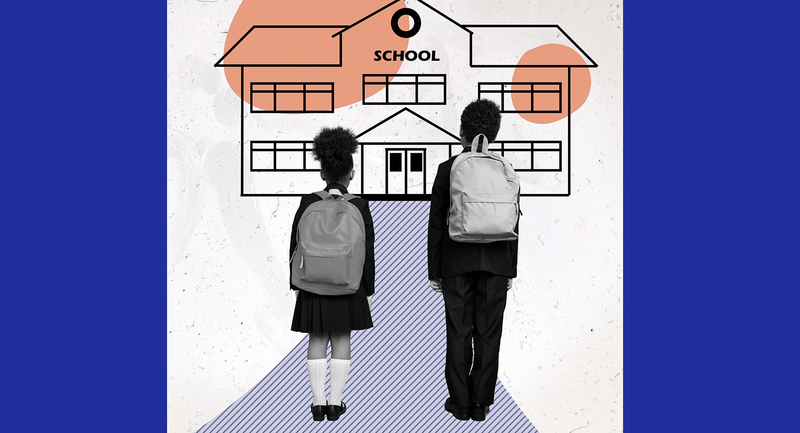Igniting Student-Led Innovation
In our Technology II class, we cultivate digital citizens who creatively and responsibly harness technology. The heart of our course is an eight-week individual project where students apply their skills to real-world challenges. From designing our technology classroom to rebuilding electric bike motors and creating a working laser, these projects ignite passion and foster innovation while developing technical skills and critical thinking skills needs for students' future careers. Our tech lab buzzes with activity as students collaborate, using tools ranging from soldering irons to 3D printers, drills to glue guns. They're not just learning, they're doing. One student reflected, “We used creativity and learned to redesign if something was not going to work. I liked problem-solving while cooperating with a team.” By encouraging students to choose projects that excite them, we've seen remarkable outcomes and innovative solutions benefiting both our school and community. We’re preparing students to be not just users of technology, but ethical, creative, future-ready learners.
—Kelly Carlson, secondary technology teacher, Lake Center Christian School, Hartville, Ohio
Exploring Virtual Adventures
I like to open the window of the world to the classroom in multiple ways. Inviting guests in to share expertise virtually from all around the globe, exposing learners to podcasts and blogs (and inviting them to create their own) and providing learning experiences with immersive technology. One of my favorite tech uses is virtual field trips, which can significantly enhance learning by allowing students to explore and interact with locations and environments they might never physically visit. This use of technology not only broadens students' understanding of the world but also encourages creativity in learning. Through virtually touring historical landmarks or exploring natural wonders, students engage with content in a more immersive and interactive way, making learning more memorable and impactful. Additionally, virtual field trips teach students to navigate digital tools and resources safely, fostering essential skills for the modern world.
—Jessie Erickson, consultant and coach, self-employed, Grand Forks, North Dakota
Sparking Tech-Savvy Citizenship
I encourage creative, constructive, and safe tech use in my school by integrating digital projects with a strong emphasis on focused learning and digital citizenship. Students use tools like Canva, Adobe, Google Slides, and iMovie to express their creativity while reinforcing literacy skills. To keep students on task and ensure technology is used purposefully, I collaborate with teachers to use Jamf, restricting access to non-educational apps during class time. Additionally, I've introduced EduProtocols to staff, which structure activities to promote collaboration and critical thinking while using technology. This combination of creative projects, focused tech management, and structured learning protocols helps students harness technology in meaningful and secure ways, enhancing their educational experiences.
—Rebecca Condon, instructional coach, North Shore District 112, Highland Park, Illinois
Modeling Ethical AI Use
In my graduate classes on assessment and data-driven decision-making, I encourage teachers to pair their expertise with AI, fostering creative, constructive, and safe tech use in the classroom. To facilitate this, I developed the PAIR framework, which guides teachers through the ethical integration of AI. PAIR helps teachers begin with a clear prompt (P), ensuring that the AI understands their task, and then verify the accuracy (A) of the AI’s output by cross-referencing data and checking for errors. Teachers maintain integrity (I) by transparently explaining how AI is used in their work, and they give proper references (R) to any AI-generated content. By following this framework, teachers can confidently use AI to enhance their instruction and save time, while ensuring responsible and safe tech practices. This partnership between AI and teacher expertise transforms classrooms into innovative spaces where human insight and technology work together to improve student learning outcomes. In doing so, teachers model responsible AI use for their students, cultivating a tech-savvy mindset while prioritizing ethics, privacy, and thoughtful application of these tools in the real world.
—Michelle Bakerson, associate professor of educational research, Indiana University South Bend, South Bend, Indiana
Student Spotlight
Can you think of a problem in your school or community that technology might help solve?

In our school, the lunch line is always so long and slow. Maybe we could use tablets to order our food before lunchtime. Then the cafeteria workers could have it ready when we get there. This would make lunch faster and give us more time to eat and play.
— Aiden T. / 4th Grader
There's a lot of trash on the playground after recess. I think we could use a robot that picks up litter. It could move around the playground and collect garbage in a bin. This would keep our school clean and save time for the janitors.
— Lily M. / 3rd Grader
Some kids in my class have trouble reading. We could use special computer programs that read books out loud. These programs could also help kids learn new words. This would make reading easier and more fun for everyone.
— Emily R. / 4th Grader









